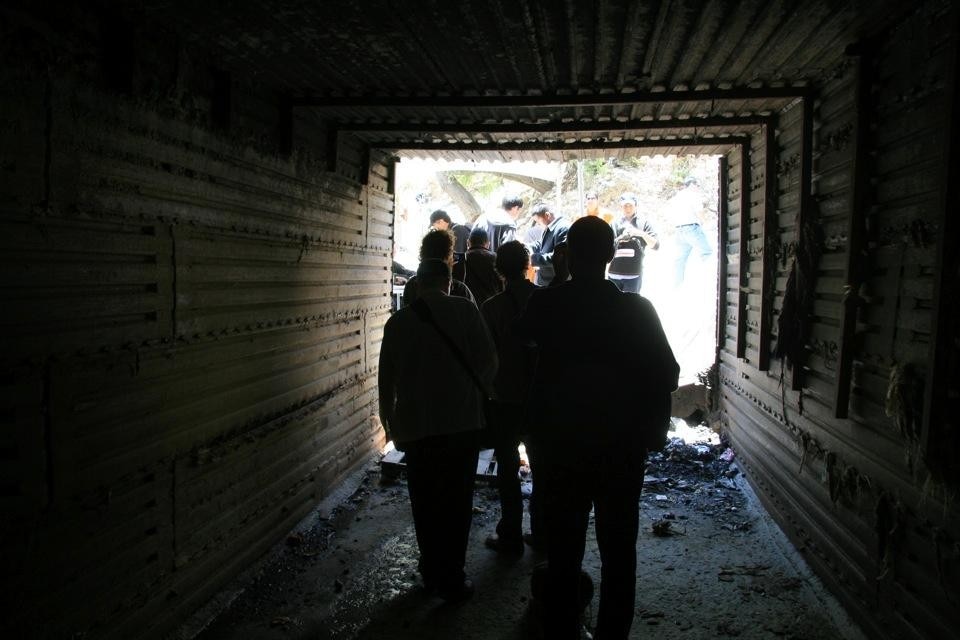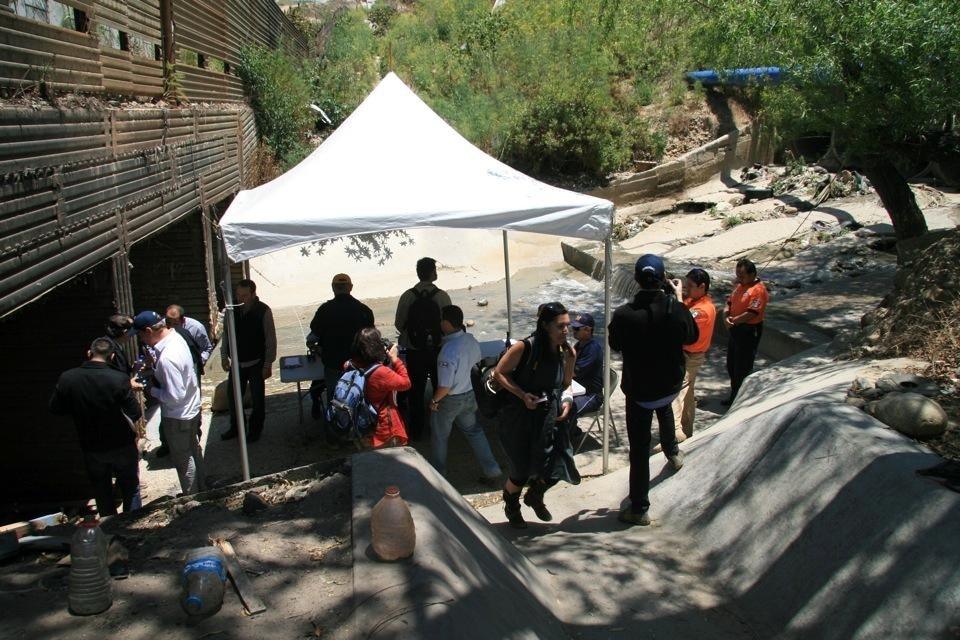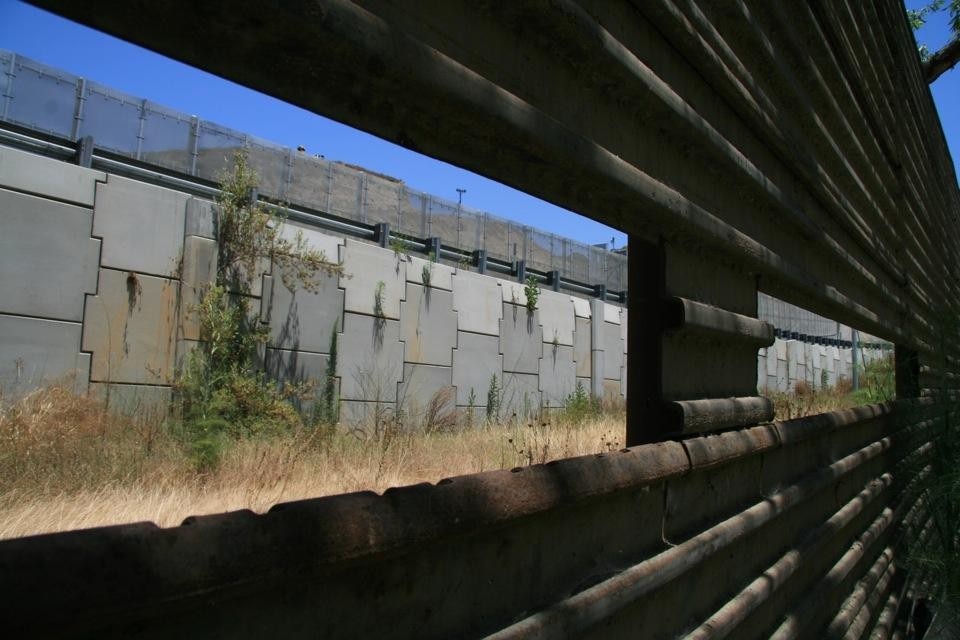Since 2006, the Political Equator Meetings have taken the form of nomadic urban actions and dialogues involving the public and communities, oscillating across diverse sites and stations between San Diego and Tijuana. These conversations-on-the-move take place outside institutions and inside the actual sites of conflict, enabling the audience to both witness and participate while producing new models of urban pedagogy towards citizen action. The meetings seek to amplify the cultural imagination of marginal communities, and the impact of their generative socio-economic and political knowledge in the rethinking existing exclusionary urban policy. The Political Equator unfolds around a series of public works, performances and walks traversing these conflicting territories and serving as an evidentiary platform to re-contextualize debates and conversations about local and global conflicts across environmental, socio-economic and political domains.
The third edition of the Political Equator, "Conversations on Co-Existence: Border Neighborhoods as Sites of Production," took place on June 3–4 of 2011. This time, the audience oscillated between two marginal neighborhoods on both sides of the San Diego-Tijuana border fence adjacent to a sensitive environmental zone layered with militarization.
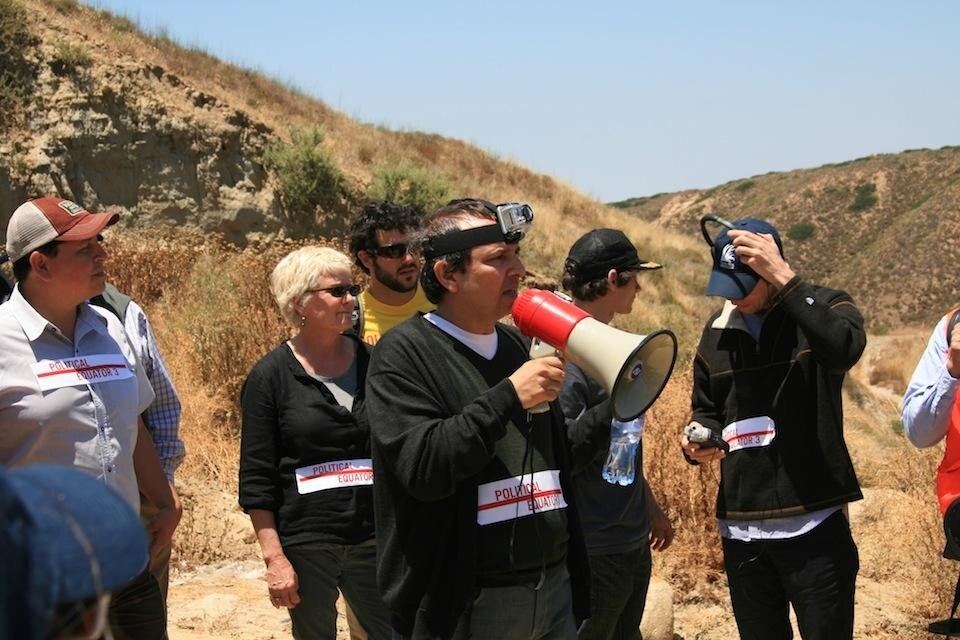
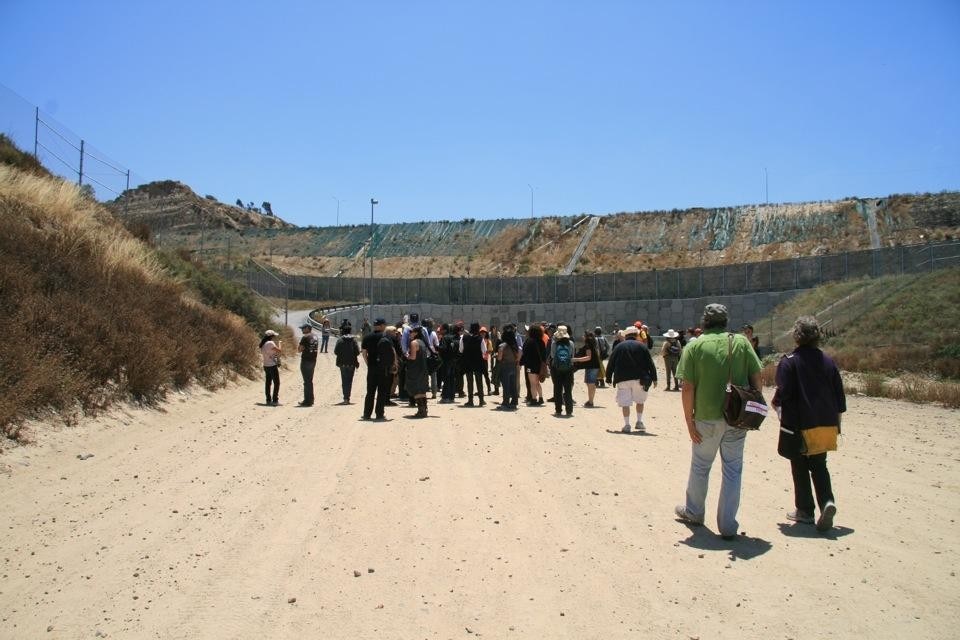
The need to re-imagine the border through the logic of natural and social systems is the foremost challenge for the future of the San Diego-Tijuana region and of many other geographies of conflict across the globe.
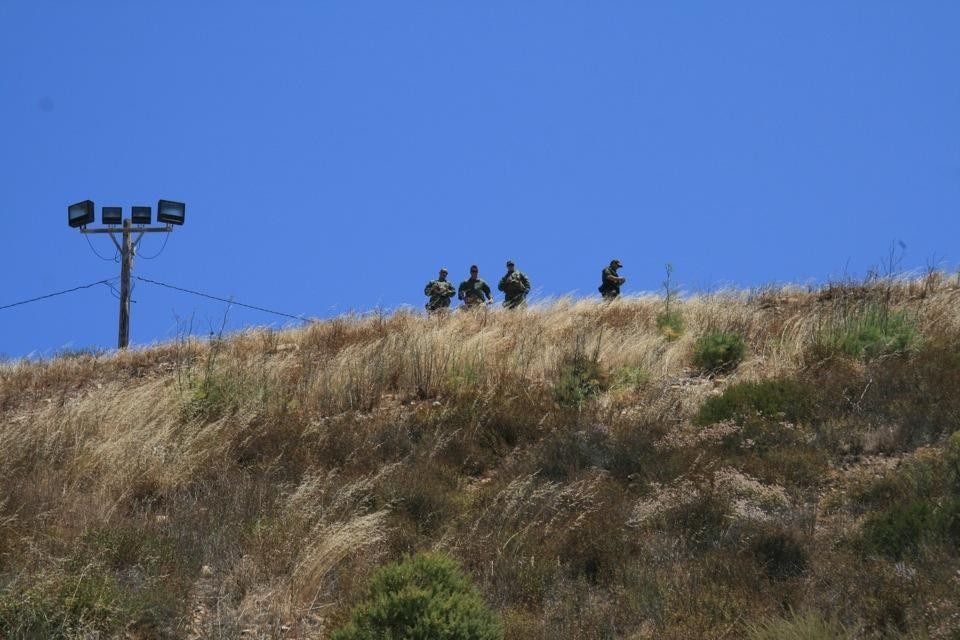
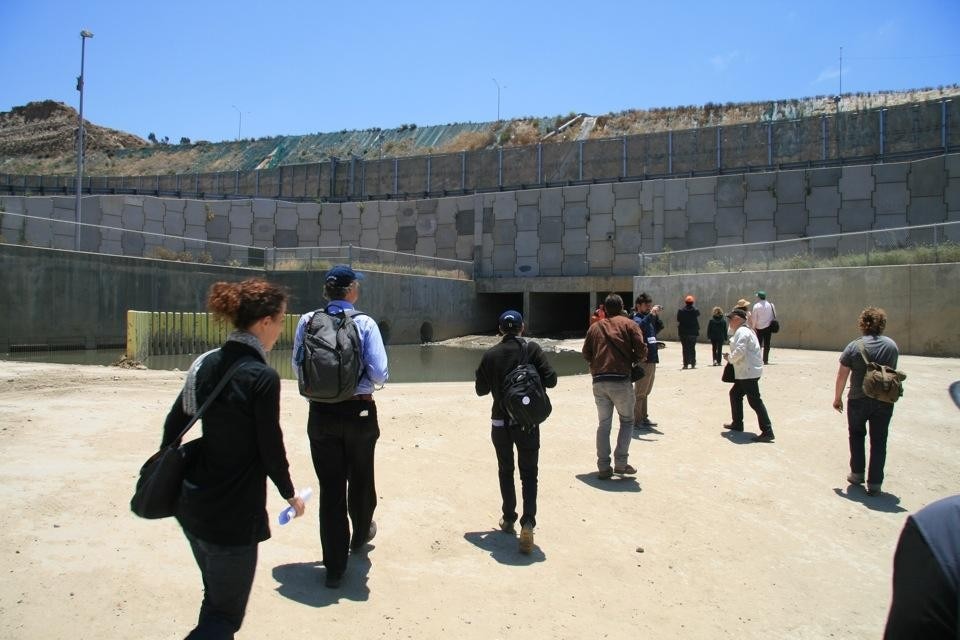
Teddy Cruz, Professor of Public Culture and Urbanism
Visual Arts department, University of California, San Diego
